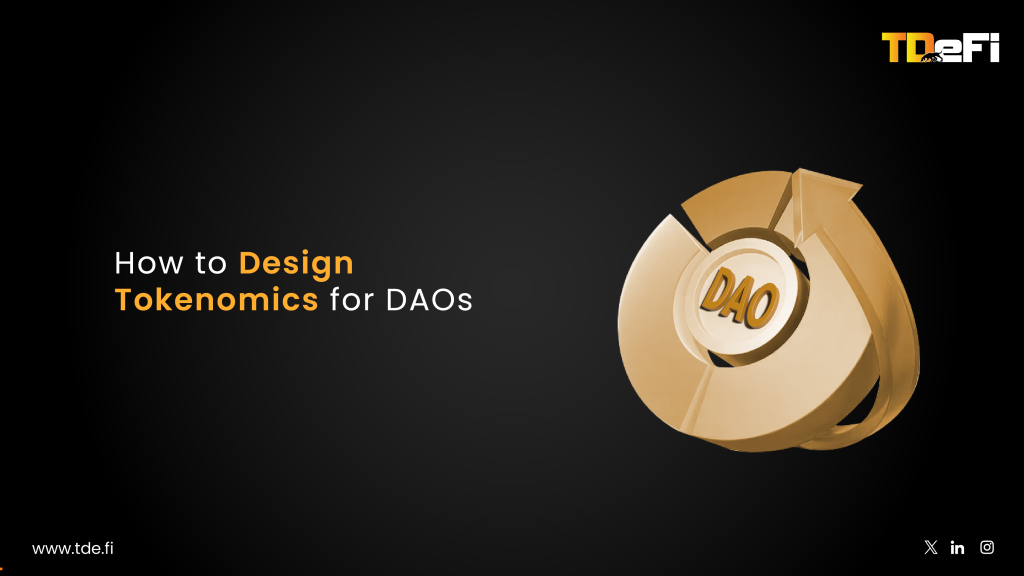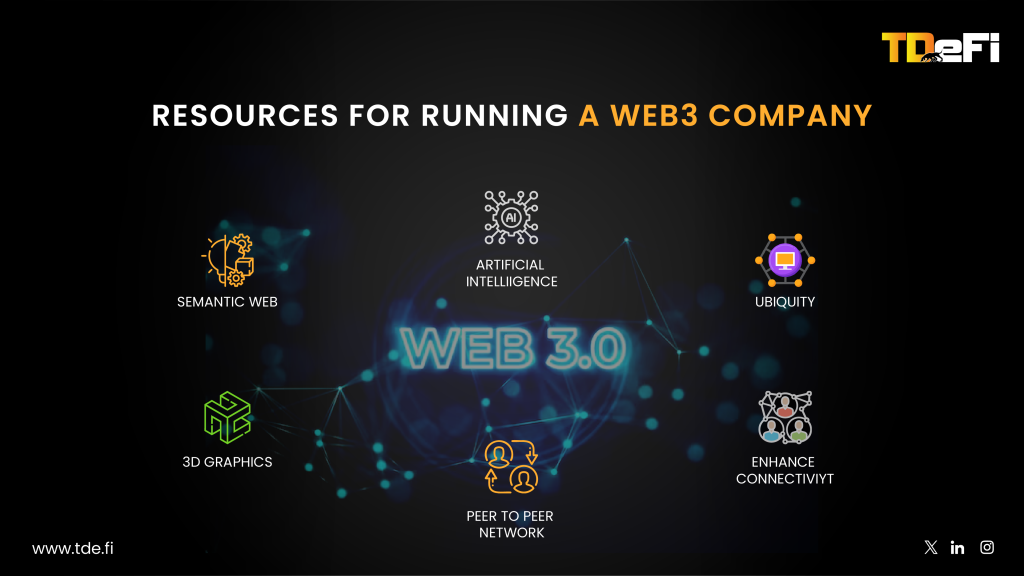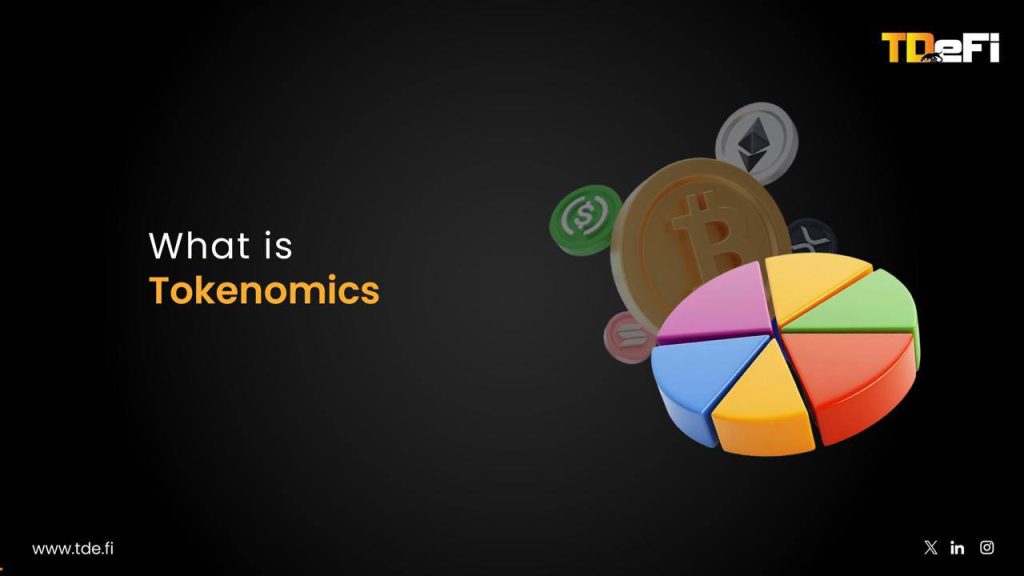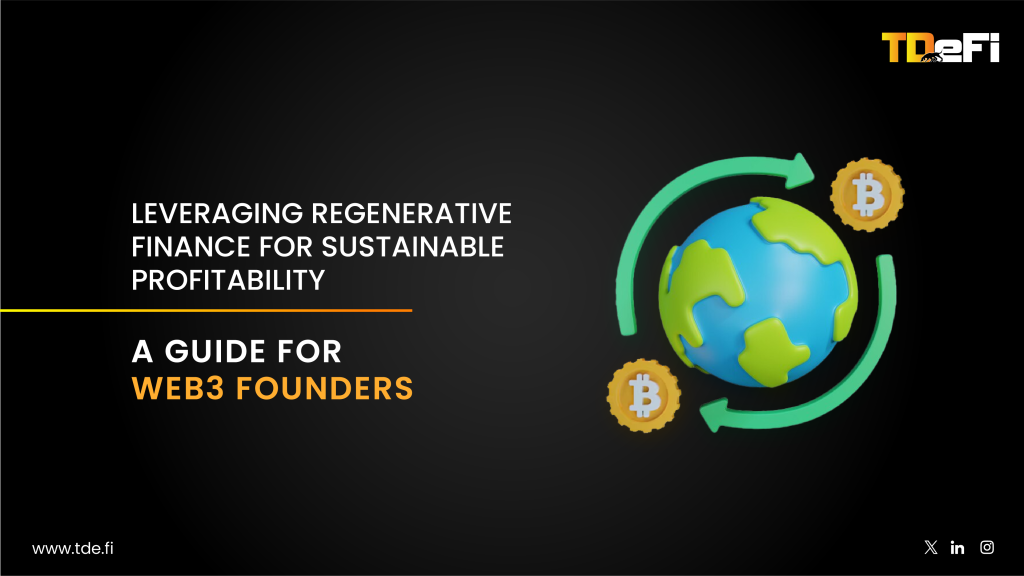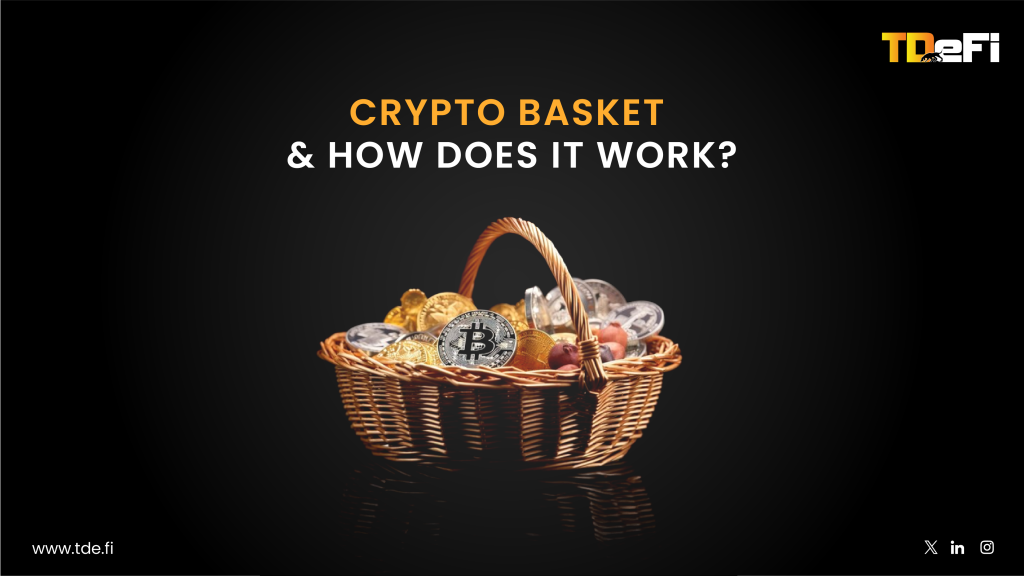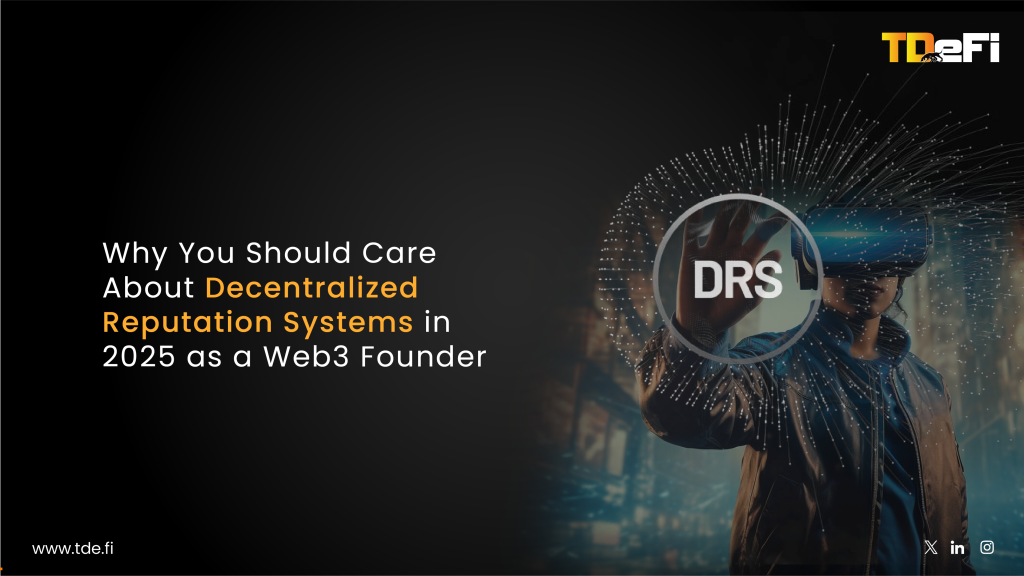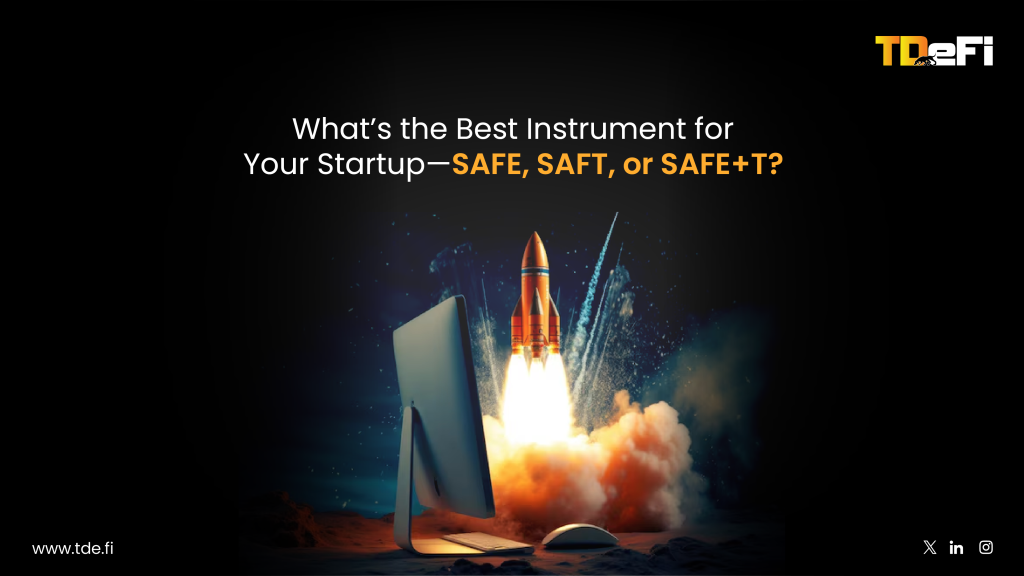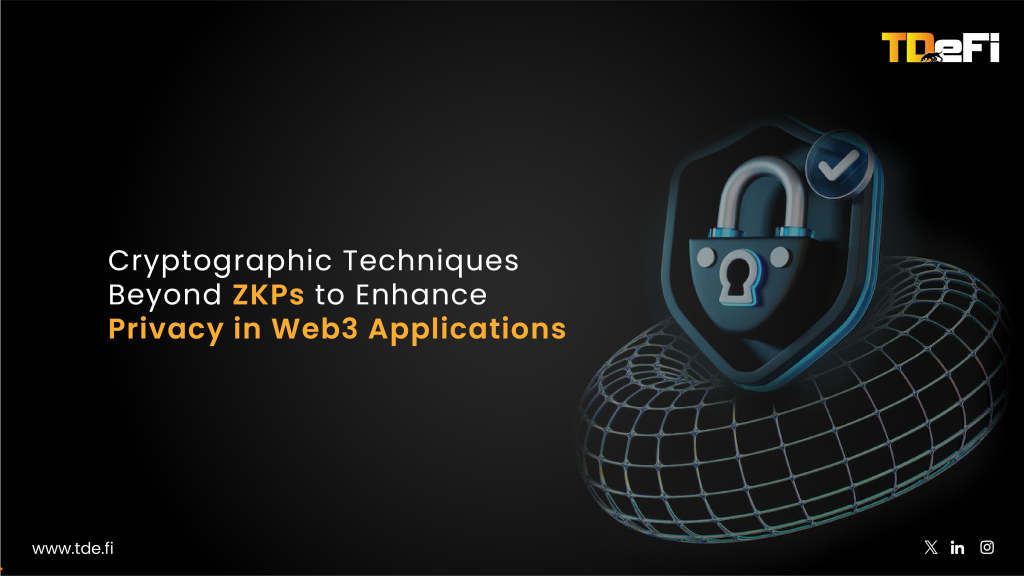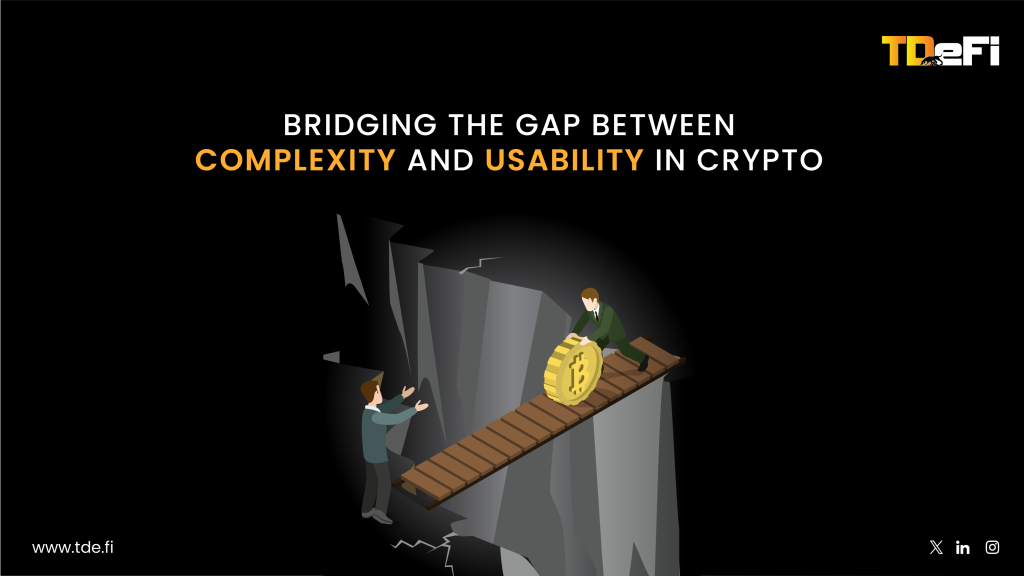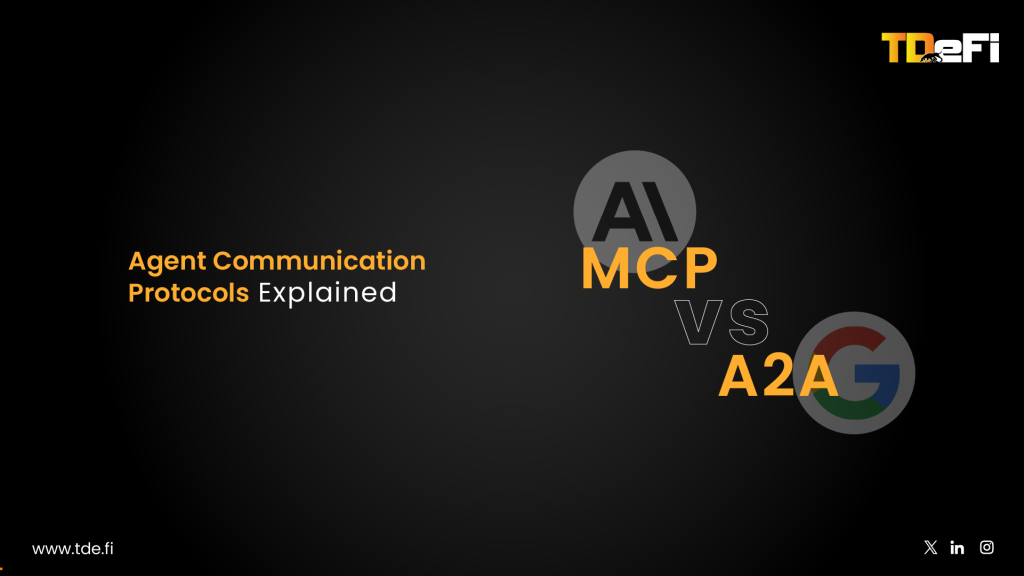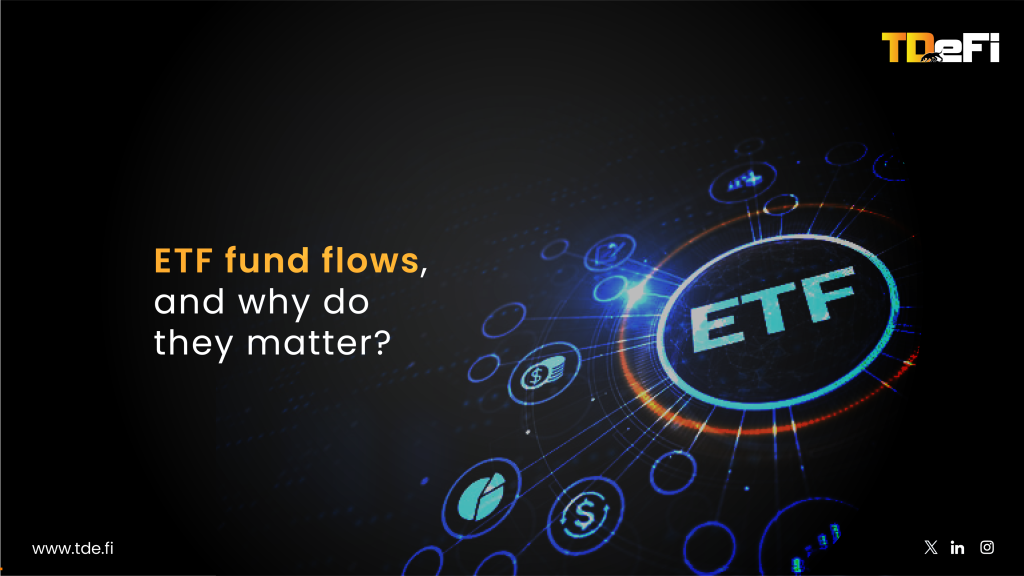TL;DR
Institutional capital is flowing into Web3, but the rules have changed. Today’s investors demand more than hype and tokenomics, they want resilient networks, regulatory clarity, security, and founders who can build for the long game. This blog unpacks what it really takes to earn conviction and capital from the world’s most sophisticated investors, with real-world examples and actionable insights for founders ready to play at the highest level.
Introduction
We’re living through the professionalization of Web3. Today, endowments, sovereign funds, and blue-chip VCs aren’t just watching, but are allocating with a level of diligence and skepticism that would make a late-stage Web2 CFO blush. The market is flooded with projects, but only those with substance, vision, and operational excellence are making the Web3 space exciting. For founders, this means building companies that can withstand scrutiny, deliver real value, and scale into the next decade.
Here’s How Web3 Founders Can Attract Institutional Investors & Build for The Next Era
1. Product-Market Fit
Institutional investors are obsessed with product-market fit. They want to see that your protocol solves a real pain point and has traction that can’t be faked. This means:
a. Live MVPs and Real Usage: The era of raising on a pitch deck is over. Investors expect a working product, active users, and clear retention metrics. dYdX, for example, built a decentralized derivatives platform that traders actually used before introducing a governance token—proving demand before layering in incentives
Example: dYdX built a decentralized derivatives platform that traders actually used before introducing a governance token, proving demand before layering in incentives.
b. Network Effects: The strongest projects show signs of organic growth: users inviting users, liquidity deepening, and protocols integrating with yours.
Example: Uniswap’s early growth wasn’t driven by marketing spend, but by community adoption, integrations, and relentless focus on user experience.
2. Turning Compliance into Competitive Advantage
Institutions won’t risk regulatory blowback. For them, compliance is not a box to check—it’s a moat. Founders who treat compliance as a core product feature stand out.
a. Jurisdictional Strategy: Clearly articulate where your company is incorporated, where your users are, and how you navigate global regulations. Circle’s USDC is a masterclass here: by building regulatory relationships from day one, they made USDC the stablecoin of choice for enterprises and DeFi
b. Token Classification: Be prepared to defend whether your token is a utility, security, or something else. Ondo Finance structured its tokenized treasuries to be SEC-compliant, unlocking institutional capital that avoids most DeFi projects
c. Insurance and Incident Response: Binance, for example, introduced biometric verification, AI-driven fraud detection, and geo-blocking to comply with global regulations and reduce fraud by 20% in 2024. Maintaining insurance funds and having a clear plan for responding to vulnerabilities reassures investors that you’re prepared for the unexpected.
d. KYC/AML Best Practices: Vigorous Know Your Customer (KYC) and Anti-Money Laundering (AML) procedures are now trust signals for serious capital.
3. Tokenomics That Endure Market Cycles
Institutions want to see sustainable models that create real value for holders and the protocol. Your tokenomics should do just that.
a. Value Accrual Mechanisms: Demonstrate how your token captures protocol revenue, participates in buybacks, or shares in fees.
Example: GMX routes 30% of all platform fees to stakers, creating a real yield model that has outperformed most DeFi tokens in bear markets. Similarly, Lido’s liquid staking solution meets both user flexibility and institutional demand for network participation
b. Vesting and Inflation Controls: Transparent vesting schedules and mechanisms to prevent runaway inflation are essential. Long-term vesting and gradual unlocks for teams and investors prevent sudden dumps and align incentives.
Example: Optimism ($OP) doesn’t just print tokens. Their core team & VCs got multi-year vests, not instant bags. That’s controlled supply and long-term alignment, not quick dumps.
c. Utility Beyond Speculation: Tokens must have real, in-protocol use like governance, staking, access, or payments. RWA tokenization, for example, is drawing institutional interest as BlackRock-backed platforms bring traditional finance instruments on-chain
4. Decentralization with Accountability
Robust governance is non-negotiable. Investors look for systems that prevent capture by whales or insiders, while enabling effective decision-making.
a. On-Chain Governance and Delegation: Protocols should have transparent proposal and voting processes, with the ability to delegate votes to trusted community members.
Example: Aave’s governance system, powered by active delegation, handles billions in TVL and complex upgrades.
b. Checks and Balances: Time-locked upgrades, emergency pause mechanisms, and clear separation of powers help prevent governance attacks and build institutional confidence. MakerDAO’s governance proposals, for example, allow the community to vote on collateral types and risk parameters, ensuring stability and transparency.
c. Transparency: Leading projects maintain up-to-date data rooms with legal, technical, and financial documents ready for investor review. Regular audits and open-source code are non-negotiable.
Example: Compound’s entire protocol is open-source and rigorously audited. Every asset supplied, every loan taken, and all financials are transparently visible on-chain.
5. Real-World Utility
Institutions want to back protocols that unlock new markets, behaviors, or efficiencies impossible in Web2.
a. Unique Value Propositions: SingularityNET raised $25M to expand its decentralized AI marketplace, while Fetch.ai secured $40M to build autonomous agent networks—both offering solutions that centralized platforms can’t deliver.
b. Enterprise Adoption: Nike’s acquisition of RTFKT and launch of the SWOOSH NFT marketplace is a case study in how a traditional brand can use Web3 not just for marketing, but to build new digital revenue streams. Louis Vuitton’s Aura blockchain is tackling counterfeiting and brand protection, showing that real-world problems can be solved with Web3 infrastructure.
c. RWA Tokenization: PwC’s 2024 survey found that 40% of institutional investors now hold or plan to hold tokenized money market funds, while private equity tokenization remains the most attractive sector for both asset managers and investors.
6. Distribution and Validation
The best founders know that distribution is a moat. Institutions look for projects that have built meaningful partnerships and integrations.
a. Ecosystem Integrations: Landing integrations with blue-chip protocols or infrastructure providers signals credibility and accelerates adoption.
Example: Alchemy Ventures invests in startups building on their stack, providing both capital and technical support.
b. Enterprise Pilots: Securing pilots with traditional enterprises (banks, supply chain, insurance) validates your technology and opens new funding channels.
Example: Warner Music Group’s partnership with Polygon to build a music-focused Web3 platform is a blueprint for how traditional industries can validate and scale new technology
7. Diligence Readiness
Institutional diligence is rigorous. Be ready for forensic reviews of your codebase, cap table, unlock schedules, and team backgrounds.
a. Data Room Preparation: Maintain a secure, up-to-date data room with legal, technical, and financial documents. Leading projects keep audit reports, legal opinions, and governance records easily accessible for investor review.
b. Transparency and Candor: Be honest about risks, competition, and your roadmap. Institutions respect founders who can articulate both strengths and weaknesses.
8. Narrative Crafting
Institutions invest in stories as much as products. The best founders connect their protocol to macro trends—AI, RWA, DePIN—and back it with metrics and milestones.
a. Mission-Driven Messaging: Frame your protocol’s mission in terms of global impact, not just technical innovation.
Example: KlimaDAO’s focus on ESG and carbon credits tapped into the $50 trillion ESG investment wave
b. AI x Web3: AI-powered Web3 startups attracted $1.8B in funding in 2024-2025, with projects like SingularityNET and Fetch.ai showing how decentralized AI can democratize access and trustless data-sharing.
9. Focus on Building, Not Just Pitching
At the end of the day, the best pitch is a great product with real users. Web3 is maturing, and so must your approach.
a. Revenue and Retention: Focus on building a business, not just a protocol. Let your numbers tell the story. Protocols like Morpho, Aave, and WhiteBIT are winning because they generate consistent revenue, retain users, and focus on operational stability
b. Network Effects: Protocols that compound in value—through integrations, partnerships, and user-driven growth—stand out in any market.
Closing Thought
The founders who will define this era are those who see beyond the hype. They build networks that compound, protocols that are resilient, and teams that can adapt. Institutional investors want to back the infrastructure of tomorrow, not the speculation of today. If you want to win their conviction, build for scrutiny, for scale, and for the next decade.
At TDeFi, we help founders build Web3 startups that institutions want to own for the long game, not just a quarter. If you’re game and ready to build for the long run , connect with TDeFi and let’s shape the future of Web3 together.



